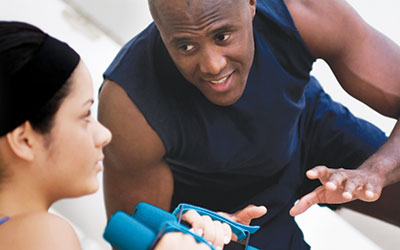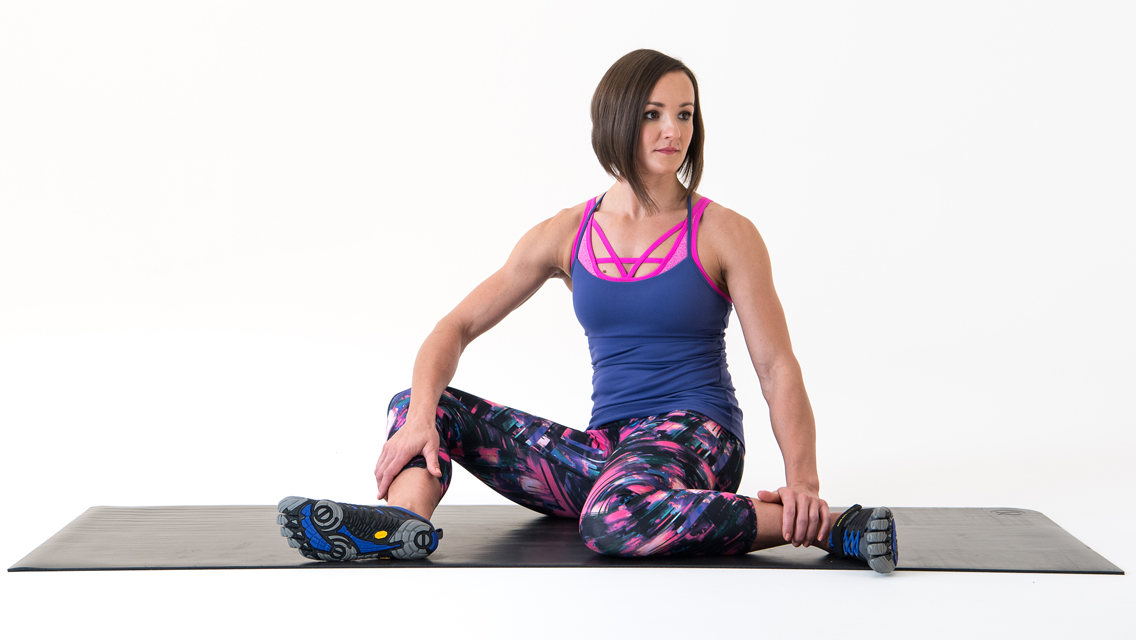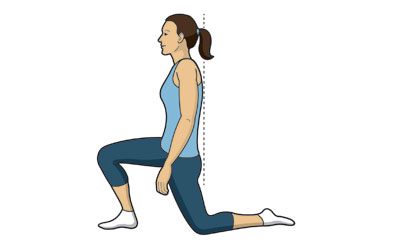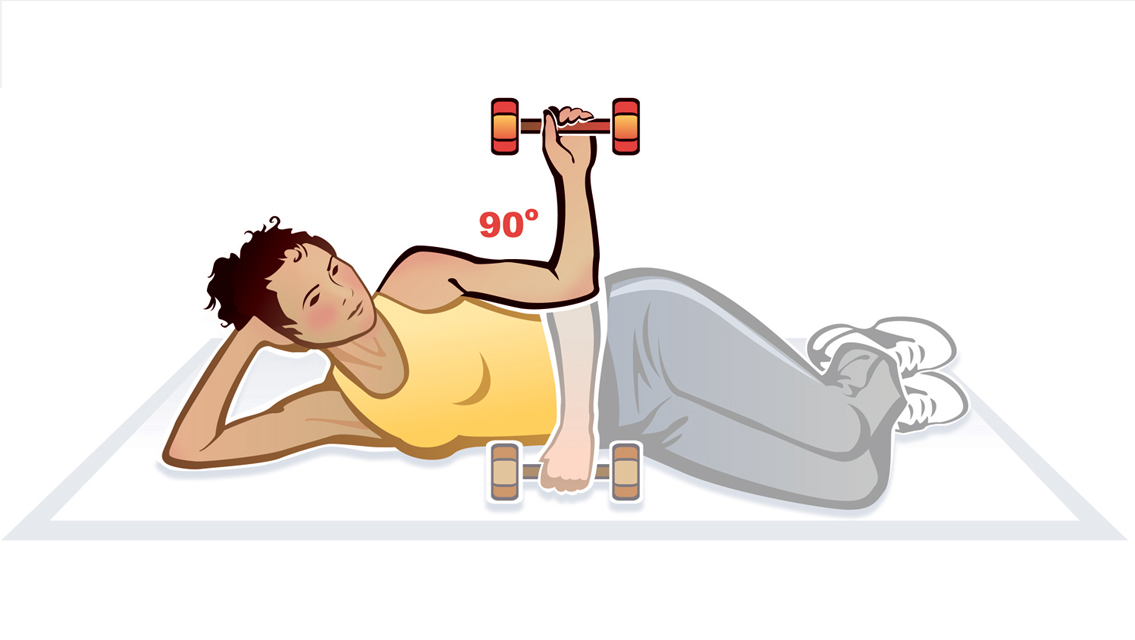Q1: How do I pick a good personal trainer?
My personal trainer and I parted ways last year. We just never seemed to connect or get on the same page. Now that I’m ready to find a new trainer, how can I up the odds of making it work this time around?
A: While it may appear that all trainers do similar things with their clients (lift, run, stretch), there are potentially as many different approaches to training as there are trainers. So be patient in your search until you find someone who’s just right for you.
The best way to do that is to go in prepared. “It helps to be clear from the start why you are seeking a personal trainer and coach, and what your expectations are,” says Jolie Kobrinsky, NASM, ACE, owner and trainer at The Prime Method in Monterey, Calif.
Are there specific goals you want to accomplish, such as losing weight, running a 5K or overcoming back pain? Personality-wise, do you want an always-positive cheerleader, a serious, hardcore performance coach, or something in between? Do you need a trainer who emails and texts frequently with encouragement and tips, or someone who is more hands-off between sessions? Once you know what you’re looking for, ask friends or the head trainer at your gym for some names, and interview them. You’re entrusting your health and fitness to this person, so don’t skip this important step. Says Kobrinsky of that initial interview, “A good trainer should let you do most of the talking.”
When you find someone you like, try a session with him or her. “You should feel safe throughout, and at the end of the workout, you should feel and move better than when you came in,” Kobrinsky says.
Most important, she adds, the trainer should inspire and motivate you. If you’re feeling that, it’s probably a good fit. If not, feel free to say no thanks, and move on.
Q2: What are smart ways to “rest” between sets?
Some workouts suggest a 90-second rest period between sets. What is the optimal activity to do during those 90 seconds? Stand still? Bounce around? Walk to the water fountain? It feels like a long time to be doing nothing.
A: We agree — and that’s why many trainers recommend spending downtime between sets on “filler” exercises. Despite the -modest-sounding name, these low-intensity mobility or stability drills do more than occupy your mind between big-ticket moves. Over time, says Gregory Robins, a strength and conditioning coach at Cressey Performance in Hudson, Mass., “filler exercises can greatly help your success in the gym.”
Fillers can be anything from hamstring stretches to shoulder rolls to floor-bridges. Just look for options that are quick and easy enough to let you recover between sets, and that accent your main exercise.
You also want to consider your range of motion. If you tend to be inflexible, focus on fillers that mobilize the hips, ankles and thoracic (upper) spine. Easy calf stretches, kneeling lunges and torso windmills (reaching your arms toward the ceiling alternately while bending at the waist, torso parallel to the floor) are great examples. Hold the stretched position on each move for one or two seconds.
Conversely, if you’re really flexible, Robins suggests you focus on exercises that stabilize the core, knees, hips and shoulders. Planks of all kinds, body-weight Turkish get-ups, bowler squats and dead bugs are great options. Perform each move slowly and deliberately.
The main thing is, don’t exhaust yourself. A single set of eight to 10 reps between strength reps (alternating sides as necessary) is ideal. And between the heaviest sets of the toughest exercises — deadlifts, chin-ups, squats — feel free to do nada. You can probably use the recovery time.
Articles Featuring Stabilization Moves
Body-Weight Training for Beginners
The Best Exercises You’re Not Doing
More of the Best Exercises (You’re Not Doing)
Q3: Can I exercise and control my cortisol levels?
I’ve been told I should strive to lower my levels of the stress hormone cortisol, but I’ve also learned that cortisol levels rise during exercise. How do I tamp down my cortisol output without giving up my workouts?
A: It’s true that exercise can cause the fight-or-flight hormone cortisol to spike temporarily, and that elevated levels of this hormone can cause catabolism (muscle breakdown) and a weakened immune system. That might lead you to conclude that if you’re trying to keep cortisol low, you should avoid exercise altogether.
Not so fast. “The body has different hormonal responses to different types of activity,” explains Jonathan Mike, CSCS.
Whereas extended, continuous low-effort exercise like easy running and cycling can cause a potentially damaging rise in stress hormones —particularly in stressed-out types whose adrenal glands may already be overtaxed — exercise involving brief periods of work followed by rest, such as strength training and sprinting, typically does not.
“Short-term increases in cortisol are not catabolic,” Mike says. Far from causing you harm, in fact, the brief spike in cortisol that occurs during and after strength training indicates that the workout is probably doing you a lot of good.
As long as you’re feeling up to it and allowing 48 hours between sessions that stress the same parts of the body, you can do sprint and resistance work three to five times a week. “Regular exercise creates a better adaptive response to stress,” says Mike.
So if you’re trying to keep stress hormones in check, don’t go overboard on endurance exercise. Strength and interval training, however, present no problem.
(Cortisol is essential for energy and health, but when it’s out of balance, you are, too. Learn how to manage cortisol levels at “How to Balance Your Cortisol Levels Naturally.“)
Fitness Fix: A Drill for Tight Hips
Try this all-inclusive lower-body drill as a hip-friendly warm-up alternative.
“So many people jump on the treadmill for their warm-up,” says Steve Zahn, NASM, ACE, football coach and personal trainer at Life Time Fitness. “But that does almost nothing for your hips.”
The hip joints lose mobility as we age. But the capacity to move the hips quickly and competently in all directions remains key to long-term health and, as important, balance. “Falling is the leading cause of injury in older adults,” explains Zahn. Mobile and agile hip joints are essential to maintaining solid footing and to regaining your feet if you stumble.
To foster that quick-as-a-cat mobility and stability in your lower body, Zahn recommends the Under-the-Hurdle Drill. “It gets deep into the groin while forcing you to move laterally. That’s a skill most Americans have lost.”
For the drill, you’ll need a Smith machine — that’s the adjustable-height barbell on two vertical tracks, sometimes used for bench presses and squats — or a barbell placed in an adjustable rack. Find the proper bar height by standing in front of the machine or rack and squatting as low as you can with good form (chest up, lower back in its natural arch, feet flat on the floor). Note how low the top of your head descends at the deepest point in your squat, and set the bar at a level just above that point.
Perform the Exercise
- Stand with your right shoulder pointing toward the bar, feet parallel and approximately shoulder-width apart.
- Squat deeply, and simultaneously slide your right foot about 2 feet to your right.
- Keeping your chest high and your gaze forward, shift your weight from your left to your right foot so your head goes underneath the bar.
- Stand upright on the other side of the bar, sliding your left foot toward your right. That’s one rep.
- Alternating sides, perform two sets of 10 reps.
Tweak Your Form
- Keep your feet parallel throughout the exercise.
- Squat — don’t bow — under the bar. “It’s as if you’re trying to show the logo on your shirt to a person in front of you,” says Zahn.
- Stand fully between reps.
- Move continuously. “It’s like a dance,” says Zahn. “Just tap the inside of your trailing leg to the other foot, and step it back under the bar.”
In our Show Me How video below, Life Time Fitness personal trainer Steve Zahn coaches senior editor Courtney Lewis Opdahl on how to correctly perform the Under-the-Hurdle Drill.




This Post Has 0 Comments